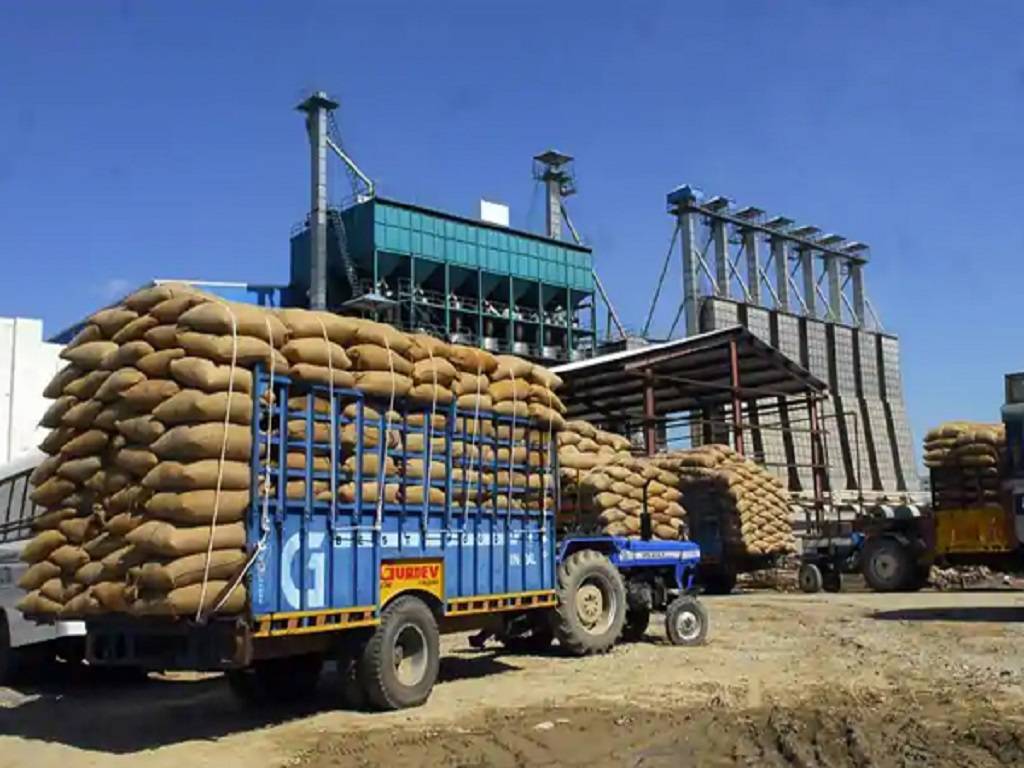
This season, grape exporter Nitin Agrawal saw some unusual weather. In November and December, his vineyards in Nashik and five other Maharashtra districts had excessive rainfall, and then the temperature dropped so low in January that he had to postpone harvesting. Euro Fruits' MD, Agrawal, employs around 250 farmers and sells roughly 7,000 tonnes of grapes to the UK and Europe each year.
He claims that the shift in weather has an impact on grape quality, notably flavour. Agrawal isn't the only one experiencing odd weather. Heatwaves hit vast portions of the country early this year, particularly in north, central, and western India, limiting wheat, vegetable, and fruit output. Apart from horticulture losses, agricultural expert and retired vice-chancellor of Punjab Agricultural University Baldev Singh Dhillon believes that the unusually high temperatures in March and early April affected wheat yield by 5-6 quintals per hectare, a 10% loss in productivity. Early heatwaves and an uneven rainfall pattern have hampered India's agri-export momentum.
A normal monsoon is the only chance for Indian farmers and agri-exporters who are facing uncertainty from all sides, whether it's from the weather gods or from authorities who are taking harsh decisions to rein in rising prices. It is also critical for India to surpass the $50 billion target in agricultural exports set in 2021-22. Rice provided $9.65 billion to exports totalling $50 billion last year, wheat $2.19 billion, sugar $4.6 billion, and other cereals $1.08 billion.
"Early heatwaves have damaged wheat and some of our horticultural goods," a commerce ministry officer stated before the GoI banned wheat exports.
The trade ministry also said in a press release that after receiving a special request from the Egyptian government, it has authorized an Egypt-bound wheat shipment to be loaded at Kandla port. Out of a total cargo of 61,500 tonnes of wheat to be sent to Egypt, 17,160 tonnes were unloaded at the time of the notice. Because the order was diluted, no wheat would have to be returned to the port.
India's wheat exports have increased considerably in recent years. Wheat exports in pre-pandemic 2019-20 were only $6 million. Exports were valued at $2 billion in 2021-22, a 330-fold increase. With wheat exports now prohibited unless there are extraordinary circumstances, non-basmati rice, which was the top FX earner among all agricultural commodities in 2021-22 ($6.1 billion in value), will have to step up this year.
If we look at the previous two decades of monsoon statistics, 2002 was the worst year, with a full drought, while 2019 had the most monsoon rainfall. In addition, normal monsoons occurred in the previous three years—2019, 2020, and 2021—helping India boost kharif production. Meanwhile, several countries in the Persian Gulf and Africa stored food grain during the peak of the Covid epidemic, creating an opportunity for Indian agricultural exporters. Several businessmen struck while the iron was still hot.
"Ocean freight prices affect us more than the weather or anything else." A 40-foot containerized cargo from Mumbai to Rotterdam (in the Netherlands) used to cost us roughly $2,000 for around 15 years or so, till 2020. It went from $4,000 in 2021 to $8,000 currently, according to grape exporter Agrawal. A normal monsoon is required for Indian agricultural exporters to step into the sunlight at this time.
















